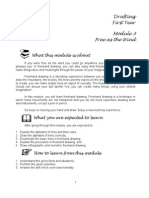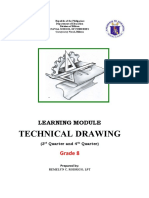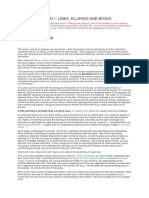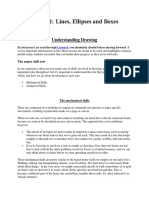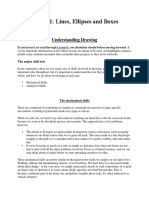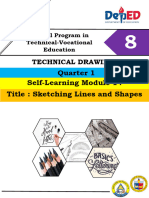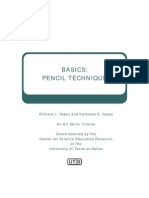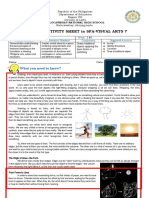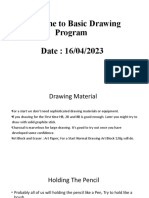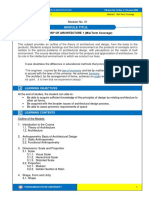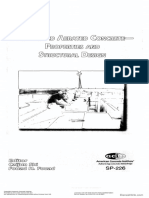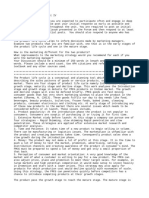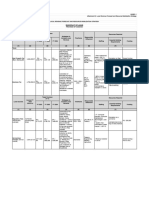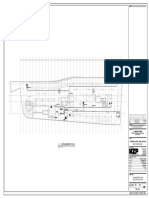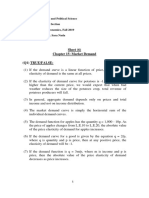0% found this document useful (0 votes)
56 views9 pagesStudy-Guide-Part 2
This document provides a summary of techniques for freehand drawing with graphite pencils. It discusses types of pencil points and how they create different line thicknesses. It also outlines 10 exercises to practice drawing different types of lines confidently, including straight lines, lines with gaps, controlled hatching, dotted lines, and wavy/zigzag patterns. The goal is to explore line-making abilities and find comfortable movements and rhythms for creating various line styles.
Uploaded by
Mike Jacson BautistaCopyright
© © All Rights Reserved
We take content rights seriously. If you suspect this is your content, claim it here.
Available Formats
Download as PDF, TXT or read online on Scribd
0% found this document useful (0 votes)
56 views9 pagesStudy-Guide-Part 2
This document provides a summary of techniques for freehand drawing with graphite pencils. It discusses types of pencil points and how they create different line thicknesses. It also outlines 10 exercises to practice drawing different types of lines confidently, including straight lines, lines with gaps, controlled hatching, dotted lines, and wavy/zigzag patterns. The goal is to explore line-making abilities and find comfortable movements and rhythms for creating various line styles.
Uploaded by
Mike Jacson BautistaCopyright
© © All Rights Reserved
We take content rights seriously. If you suspect this is your content, claim it here.
Available Formats
Download as PDF, TXT or read online on Scribd
/ 9


